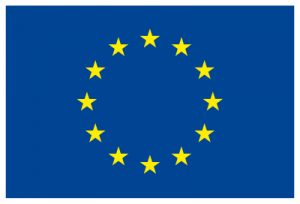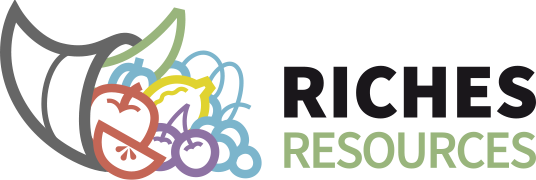Report examining strategies and approaches for deepening audience engagement with digitally mediated cultural heritage, by means of case studies, interviews, and a survey of the literature and Galleries, Libraries, Archives and Museums (GLAM) institutional documentation.
Read More →
This project has received funding from the European Union’s Seventh Framework Programme for research, technological development and demonstration under grant agreement n° 612789.
Mediated/Unmediated Heritage
D8.5 Cultural Heritage in a Changing World
Report describing the methodology statement of the development of the book entitled Cultural Heritage in a Changing World. The central purpose of this collection of essays is to make a creative addition to the debates surrounding the cultural heritage domain.
Read More →D3.1 Transformantion, change and best practice for CH processes
Report presenting the results of investigations into how digital practices are transforming the traditional cultural heritage interactions and practices. It explores the current challenges and potential opportunities for CH that lie ahead and reflects the context of change related to following fields: CH held by cultural institutions; mediated and unmediated CH; traditional hand-making skills; transformations of physical spaces, places and territories; digitization on performance-based CH.
Read More →Digital libraries, collections, exhibitions and users. Exploring the status of digital heritage mediated by memory institutions
Digital technologies are deeply transforming the ways in which heritage institutions mediate their collections and interact with their audiences. Responding to a growing and persistent demand for digital content, institutions make available large amounts of curated digital resources for study and scholarly research, for discovery and creative reuse, for enjoyment, education and learning. This study explores the status of digital heritage mediated by libraries and museums by means of five case studies, in which the results of the research will be illustrated and validated through evaluation with end-users.
Read More →